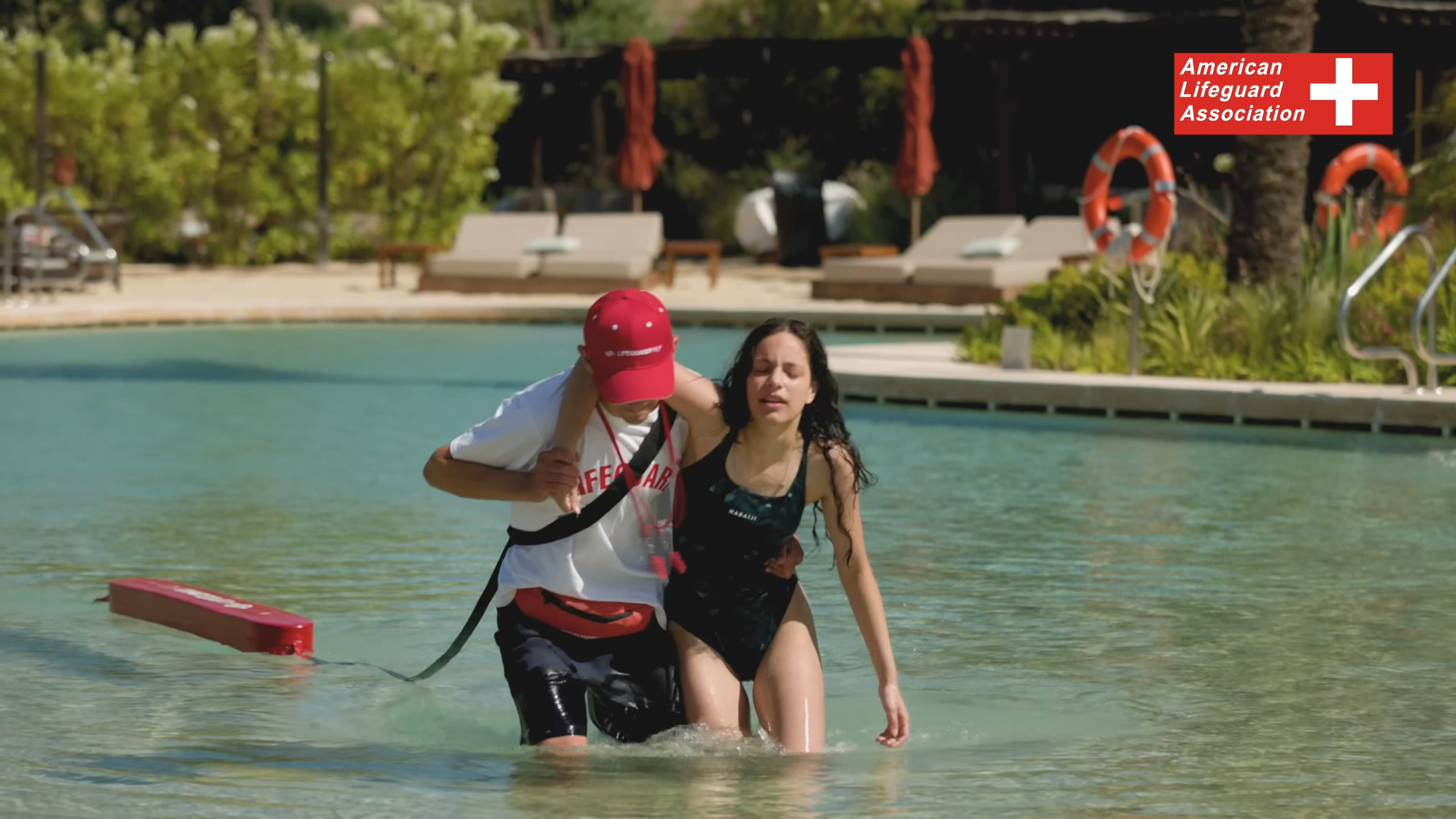Lake Michigan Is America’s Deadliest Lake — and It Desperately Needs Lifeguards
Lake Michigan holds a grim title: the deadliest lake in the United States. Over the past 15 years, it has claimed more than 640 lives — a toll unmatched by any other body of freshwater in America. Yet despite the alarming statistics, lifeguards are missing from nearly 99% of Michigan’s public beaches.
Meanwhile, coastal communities continue to collect hundreds of thousands of dollars from beach parking fees. The state earns millions more through vehicle park permits and billions from tourism. Yet very little of that revenue is invested in beach safety.
At the American Lifeguard Association, we recognize that trained lifeguards are not a luxury but a necessity. Lifeguard training is the most effective way to prevent tragedies and create safer public spaces.
Public Outcry and Legal Pressure Mount
In towns like South Haven, the absence of lifeguards has become a flashpoint. Multiple lawsuits are currently underway, brought by grieving families who believe their loved ones would still be alive today if lifeguards had been present.
Community activists have long demanded change — in courtrooms, city halls, and across social media campaigns. However, municipalities often turn to cheaper safety alternatives such as beach flags and warning signs, placing the burden of safety on the swimmers themselves.
Critics argue that this approach is not only inadequate but dangerous. Passersby, vacationers, and even children have tried to play the role of lifeguard, sometimes sacrificing their own lives in the process.
Why Other States Are Doing Better
While Michigan removes lifeguards, other regions along Lake Michigan — including Chicago, Wisconsin, and Indiana — continue to staff their beaches with trained professionals. According to the Great Lakes Surf Rescue Project (GLSRP), Lake Michigan is responsible for nearly half of the 1,362 drownings across the Great Lakes since 2015.
Dave Benjamin, founder of GLSRP, called Michigan’s current system “less than third-world” and a “failed experiment.” He emphasized the urgent need for certified lifeguards in areas known for high traffic and dangerous water conditions.
Lifeguard Programs Delayed — But Not Forgotten
South Haven, one of the most high-profile cities embroiled in this debate, has announced a tentative plan to hire 19 lifeguards by Memorial Day 2026. The proposed cost is $619,000 for the first year, followed by $383,000 annually. The city recently approved a $45,000 contract to develop a plan, but no concrete changes are expected before 2026.
Two judges have already ruled against South Haven’s attempts to dismiss lawsuits on the basis of governmental immunity. The courts pointed out that South Haven collects substantial beach revenue but fails to use it for beach safety — a factor that may eliminate immunity protections.
Lake Michigan continues to be the deadliest lake in America, yet lifeguards are missing from nearly every public beach. This is not just a public safety failure — it’s a call to action. The American Lifeguard Association believes that every life lost to drowning is one too many. With proper lifeguard training and strategic placement of certified professionals, these tragedies are preventable. Communities must prioritize human life over short-term savings. It’s time to protect our shores, educate our swimmers, and make lifeguarded beaches the standard — not the exception.”
Data Tells a Clear Story
A Free Press analysis of GLSRP data found that at least 136 people drowned along Lake Michigan’s eastern coastline in the last 15 years. Almost half of those occurred in just five cities: Holland, Muskegon, Grand Haven, South Haven, and Ludington.
Yet, in lifeguarded areas like St. Joseph and New Buffalo, the numbers paint a very different picture. St. Joseph reported zero fatal drownings during lifeguard hours in 15 years. New Buffalo reported just one.
This shows what beach safety experts have always known: Lifeguards save lives.
Also Read About: Kickstart Your Handyman Service App with a Ready-Made TaskRabbit Clone
A Call to Action
The American Lifeguard Association urges state and local officials not to wait for more preventable tragedies. Investments in lifeguard training and placement are essential for any state that thrives on beach tourism and community recreation.
If you’re a concerned citizen, policymaker, or aspiring lifeguard, now is the time to act. Enroll in a certified lifeguard training course and become part of the solution.
Author Acknowledgement
This article is a reformulated version based on original reporting by Tresa Baldas, a respected journalist with the Detroit Free Press. Her investigative work continues to raise awareness on the critical issue of water safety in Michigan. Through her detailed and compassionate storytelling, Tresa has brought attention to the lives lost and the families forever changed by drownings in Lake Michigan. Her journalism is a vital part of the public discourse around lifeguard policy, tourism responsibility, and community safety. The American Lifeguard Association credits and thanks her for her original coverage and commitment to the truth.





